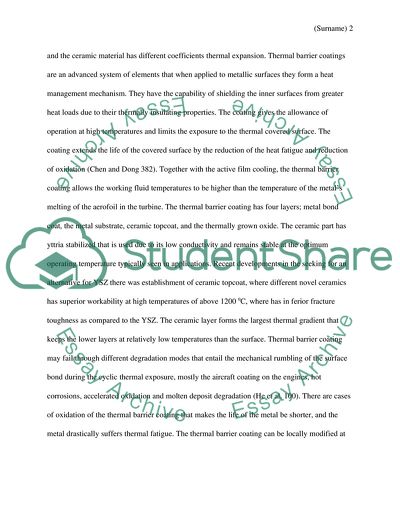Cite this document
(Thermal Barrier Coating Essay Example | Topics and Well Written Essays - 1250 words, n.d.)
Thermal Barrier Coating Essay Example | Topics and Well Written Essays - 1250 words. https://studentshare.org/engineering-and-construction/1878851-thermal-barrier-coating
Thermal Barrier Coating Essay Example | Topics and Well Written Essays - 1250 words. https://studentshare.org/engineering-and-construction/1878851-thermal-barrier-coating
(Thermal Barrier Coating Essay Example | Topics and Well Written Essays - 1250 Words)
Thermal Barrier Coating Essay Example | Topics and Well Written Essays - 1250 Words. https://studentshare.org/engineering-and-construction/1878851-thermal-barrier-coating.
Thermal Barrier Coating Essay Example | Topics and Well Written Essays - 1250 Words. https://studentshare.org/engineering-and-construction/1878851-thermal-barrier-coating.
“Thermal Barrier Coating Essay Example | Topics and Well Written Essays - 1250 Words”. https://studentshare.org/engineering-and-construction/1878851-thermal-barrier-coating.


